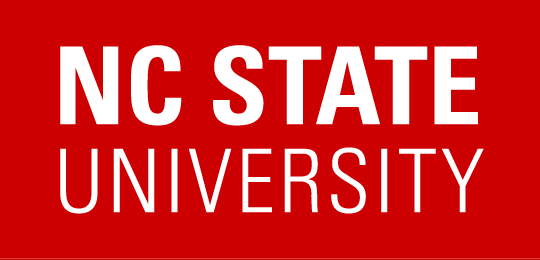On March 16, 2018, Chih-Wei Chang successfully defended his PhD dissertation, Data Driven Modelling of Nuclear System Thermo-Hydraulics. Chih-Wei’s committee consisted of his advisor, Nam Dinh, and members, Paul Turinsky, J. Michael Doster, Maria Avramova, and Ralph Smith.
Abstract
CHANG, CHIH-WEI. Data Driven Modelling of Nuclear System Thermo-Hydraulics. (Under the direction of Prof. Nam Dinh.)
The objective of the dissertation aims at developing a methodology to achieve data-driven modeling for nuclear system thermal-hydraulics (NSTH). NSTH is the foundation for reactor design, safety analysis, and power plant operation. Traditionally, it takes years to decades to develop mechanistic models for NSTH. The long time required for new model development limits the pace of model applications while dealing with new geometries, new coolants or system conditions, particularly in newly designed systems. On the contrary, machine learning (ML), especially deep learning (DL), can capture underlying correlations behind a substantial amount of data. In recent years, DL techniques, both the theory and software implementation, have been advanced at an extraordinary pace that enables their success in a wide range of applications.
The time is ripe for applying ML methods to assist the development of data-driven modeling for NSTH. There is a large variety of ways, by which one can use machine learning to develop data-driven thermal-fluid models. The three major factors include knowledge of physics (overall model form), available data, and machine learning techniques. It is necessary to incorporate knowledge of underlying physics – whenever such knowledge is available and trustworthy – into ML-based models. The benefits of so-doing are wide-ranging, from preventing models from generating unphysical results to narrowing search spaces by reducing the dimensionality of problems.
The technical approach of the dissertation includes three aspects. First, the technical background overview navigates the essential knowledge from multidisciplinary fields including thermal-hydraulics models, system simulation, and ML. Second, a system is established to characterize different approaches to use ML for building data-driven models in NSTH. Finally, the demonstration focuses on the use of deep neural networks, which have recently emerged as capable and universal approximators. Synthetic examples are formulated to demonstrate the applications and investigate technical challenges in using DL to achieve data-driven modeling in NSTH.
Five ML frameworks for NSTH have been developed in the dissertation including physicsseparated ML (PSML or Type I ML), physics-evaluated ML (PEML or Type II ML), physicsintegrated ML (PIML or Type III ML), physics-recovered (PRML or Type IV ML), and physicsdiscovered ML (PDML or Type V ML). The frameworks are classified based on knowledge and data requirements. Type III ML is first introduced in this study. The first three types of frameworks aim at building closure relations to close thermal-hydraulics models while Type IV ML can reconstruct the form of governing equations from data. Type V belongs to end-to-end ML that requires enormous data. The insights obtained from synthetic examples indicate that Type III ML has the highest potential in extracting the value from “big data” in thermal fluid research while ensuring data-model consistency.
Type I, Type II, and Type III ML ensure that simulation results are converged to conservation equations. Therefore, demonstrations focus on employing these three types of ML frameworks to accomplish data-driven modeling of NSTH. Various case studies are formulated ranging from system-level codes to computational fluid dynamics (CFD) to show the advantage of DL with large datasets. The study of system-level two-phase mixture models demonstrates a strategy to select the optimal DL-based closure. The results indicate that conservation equations can be successfully solved with DL-based closures without numerical stability issues. The CFD example exhibits that the DL-based Reynolds stress can assimilate millions of data points to reduce uncertainty. Performance of DL-based closures can be quantified by flow feature coverage mapping. The results show that RANS equations with the DL-based Reynolds stress can reconstruct reference solutions. In summary, DL as a universal approximator can enhance the performance of ML frameworks to accomplish data-driven modeling of NSTH.

